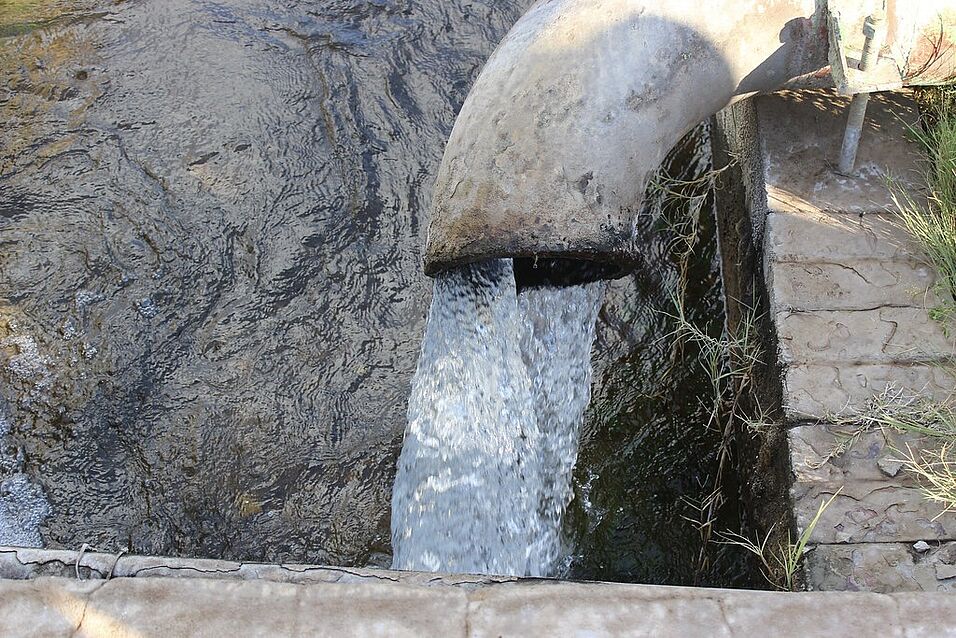Different strategies on how to overcome those limitations were investigated, such as particle emulsification, coating with organic polymers, immobilization onto various porous materials or doping of nZVI particles with catalytic metals. Research efforts recently focused on the modification of nZVI by reducing sulfur compounds. Sulfidation was found to remarkably increase the reactivity of nZVI with target contaminants, and, at the same time, significantly minimize unfavorable reaction with water. The factors controlling the reactivity and selectivity characteristics of various types of nZVI particles are, however, not well understood.
The aim of the current project is to shed more light on the underlying mechanisms driving the reactivity and selectivity of pristine and modified nZVI particles towards two typical groundwater contaminants – trichloroethylene and Cr(Vi). To achieve this goal, a combination of experimental and theoretical investigations will be conducted. The better understanding of the particle surface–reactant interactions will facilitate the development of more selective nZVI-based materials with improved performance in real applications.
Collaborations:
- Austrian Institute of Technology (AIT), Tulln, Austria
- Regional Centre of Advanced Technologies and Materials, Palacký University Olomouc, Olomouc, Czech Republic
- Institute of Soil Research, University of Natural Resources and Life Sciences, Vienna, Austria
This project is funded by a bilateral FWF/Czech Science Foundation grant project ModelFace (Austrian No. I3065, Czech No. 17-33779L).

